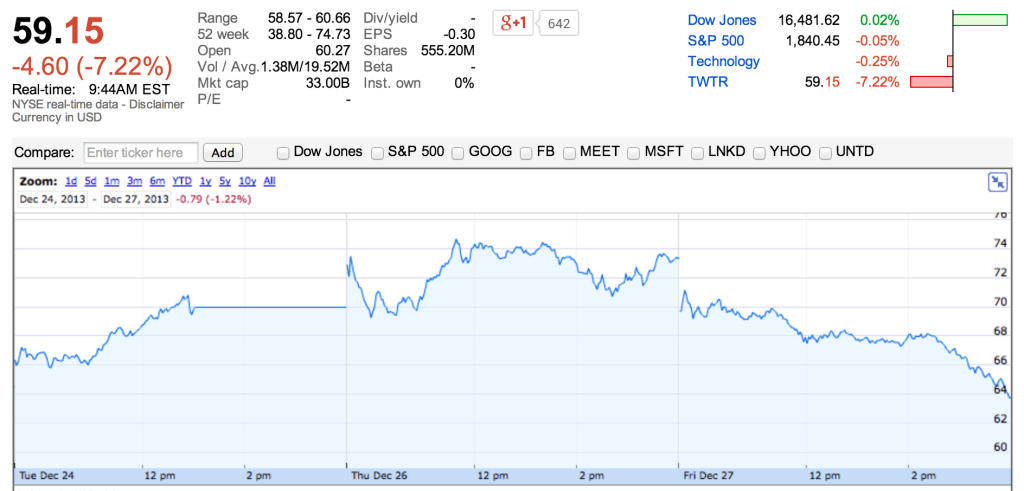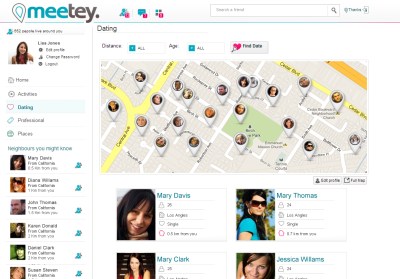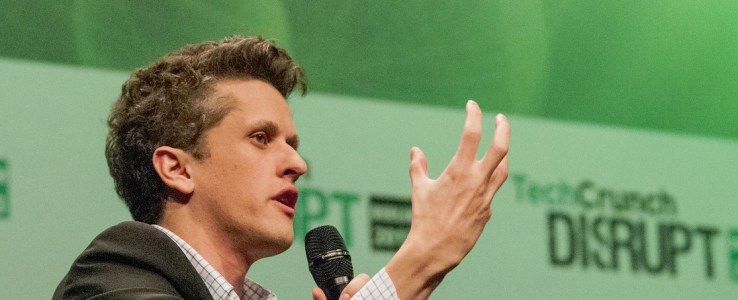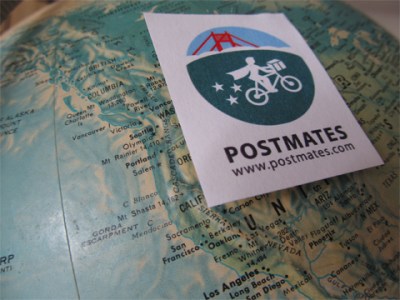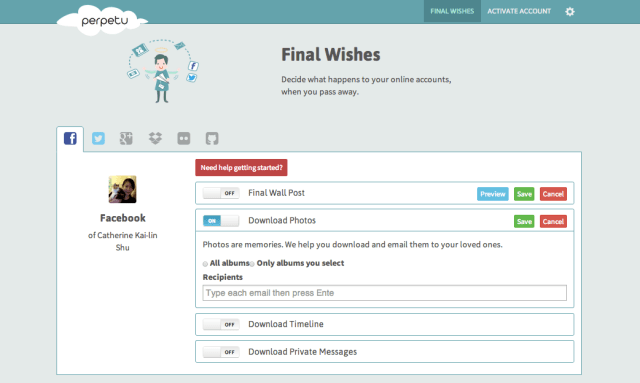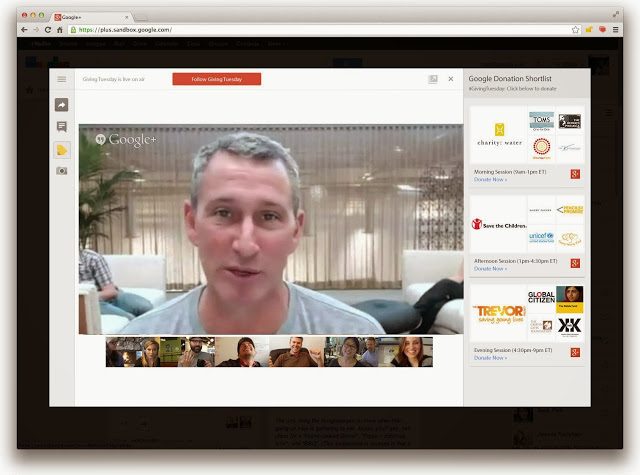
So where were we? Oh yes: everybody hates us. San Francisco’s recent Google-bus and “homeless trash†kerfuffles are symptoms of an increasingly broad, deep, and bitter anti-tech animosity. The Economist predicts: “The tech elite will join bankers and oilmen in public demonology.†The New York Times concurs: “Tech workers have, rightly or wrongly, received the blame. Resentment simmers.â€
Such ingratitude! What’s wrong with these warped, blinded haters?
…Well, OK, it might be the very real sense that these days, with software eating the world, if you’re not in tech, or you’re not already rich, then you are probably basically screwed for life. “We are in the midst of the worst rental affordability crisis that this country has known.†Unemployment remains high, and many unemployed “may simply give up looking for jobs once their benefits lapse.â€
Meanwhile, US income inequality today is the highest that it’s been since 1928 â€" which matters especially because “the decline in middle-class incomes owes as much to rising inequality as it does to the depressed state of the economy.†The NYT recently highlighted a Brooklyn neighborhood where
the top 5 percent of residents earn 76 times as much as the bottom quintile … addicts gather outside a food pantry a block from $2 million brownstones
The economic doldrums have hit Europe, too, outside of Germany. Don’t even get me started on Spain or France: and as for the UK, well, the BBC recently reported that, for the first time, “More working households were living in poverty in the UK last year than non-working ones … low pay and part-time work has prompted an unprecedented fall in living standards.â€
So just go get a good education! Right? Sorry, no. Even if you have a Ph.D.:
The academic job market is structured in many respects like a drug gang, with an expanding mass of outsiders and a shrinking core of insiders. … Academia is only a somewhat extreme example of this trend, but it affects labour markets virtually everywhere. One of the hot topics in labour market research at the moment is what we call “dualisation.†Dualisation is the strengthening of this divide between insiders in secure, stable employment and outsiders in fixed-term, precarious employment.
Hell, even law school is a disaster nowadays. And total American student-loan debt exceeded $1.2 trillion this year. At that price, for many people, paying for higher education is almost like dumping your life savings into a lottery, or a casino; great if it works out…but absolutely crippling if it doesn’t.
So everyone can move to the tech sector! Again, sorry, no â€" or at best, not any time soon. You cannot reasonably expect to retrain significant numbers of people into skilled engineers, and there’s little-to-no room for the unskilled. (Unlike most fields, bad software engineers actually add negative value to the projects they work on.) Engineering is hard. Most people aren’t any good at it.
So people who aren’t rich, and aren’t in tech â€" the vast majority, I hasten to remind you â€" will increasingly become part of the precariat:
This is not just a matter of having insecure employment, of being in jobs of limited duration and with minimal labour protection, although all this is widespread. It is being in a status that offers no sense of career, no sense of secure occupational identity and few, if any, entitlements to the state and enterprise benefits that several generations … had come to expect as their due.
Meanwhile, the rich, as a class, are behaving with their usual elegance, taste, and restraint. Finding new ways to evict tenants so they can charge higher rents. Reshaping corporations into what The Economist calls “distorporations.†“Ruining art for the rest of us.†And it’s hard to wander amid San Francisco’s new-growth luxury boutiques, artisanal coffee shops, and opulent social events without getting the sense that techies, too, are making decadent hay of today’s inequalities. I mused the other day on Twitter:
You think this is bad? You ain’t seen nothing yet. Right now the precariat mostly just resents the tech world because we’re wealthier. That’s because tech has only barely begun to eat their jobs â€" and keep their homes and cars under constant surveillance. How do you think they’ll feel about us in five years’ time?
That process has already begun, though, and it will only accelerate. Everyone’s worried about the way Amazon treats its workers; will they be as upset about those replaced by the robots now rolling out to Amazon’s warehouses? (And before you start blaming Asian outsourcing, note that Foxconn is seeking to replace its Chinese laborers with a “robot army†too.) As Andrew Leonard put it in Salon:
the big difference between the current technological revolution and the Industrial Revolution is that the initial technological advances of the 18th century created jobs for unskilled workers, while today’s robot armies are increasingly replacing the jobs of unskilled workers.
Raising the minimum wage will help those cursed with shitty jobs…but it won’t create more of them. Cutting food stamps may save money, but it can’t drive the poor to take jobs that don’t exist.
In the long run all this ferment, disruption, and innovation is a good thing for everyone, of course, but in the medium term, we’re staring down the barrel of a wrenching period of transition. Ask the poor, struggling, and insecure â€" the precariat â€" how they feel about Silicon Valley’s hallowed goal of disruption, and its implications for them.
True, we seem to be in a cyclical economic upturn at last; but at the same time, the real US unemployment rate is probably something like 11.5%. As the Washington Post puts it, when people drop out of the work force, “it will look as if the labor market has improved, even though it hasn’t.†Even if we are enjoying a cyclical upswing, it can only mask an ongoing structural decline in employment for so long.
It seems to me (and many others) that we’re at the beginning of a Great Bifurcation. On one side: those who were rich when it began, plus the upper echelon of the tech world, the usual oil/finance suspects, and a smattering of others. Figure about 15% of the population. They will cluster in dense little islands of wealth â€" San Francisco, Manhattan, beach houses and mountain chalets. They will travel to all the best places. Their parties will grow ever more decadent. Their children will get the best education â€" and, in time, the best biotech â€" that money can buy.
But not all techies will be winners. This modern-day Belle Époque is increasingly for people who can tick at least two of the following boxes: smart, skilled, and well-connected. (Don’t kid yourselfâ€"the tech world is by no means a pure meritocracy.) The room for people who can boast only one of those, let alone zero, is diminishing. The mediocre, unskilled, poorly-connected, and/or just plain unlucky will join the other side of the great divide soon enough.
By which I mean the teeming masses of the precariat, getting by with part-time jobs, contract work, and sharing-economy serfdom, perpetually fighting a Sisyphean battle to erase their debts and amass some savings … and mostly losing.
And across that great divide? Growing resentment verging on fury. Again, you think techies are disliked now in places like San Francisco? Just wait another five or ten years. Yes, SF could and should build out much more housingâ€"
â€"but if I’m right about the fundamental trends here, even that won’t help. The tech world, and/or the machinations it is setting in motion, is becoming Henry Potter to the precariat’s George Bailey, and/or Ebenezer Scrooge to its Bob Cratchit, for a period of wrenching disruption measured in decades. I know that’s not how we like to think of ourselves. But until and unless we come up with a better way â€" a fundamental change, not band-aids â€" then it’s what we will become.


